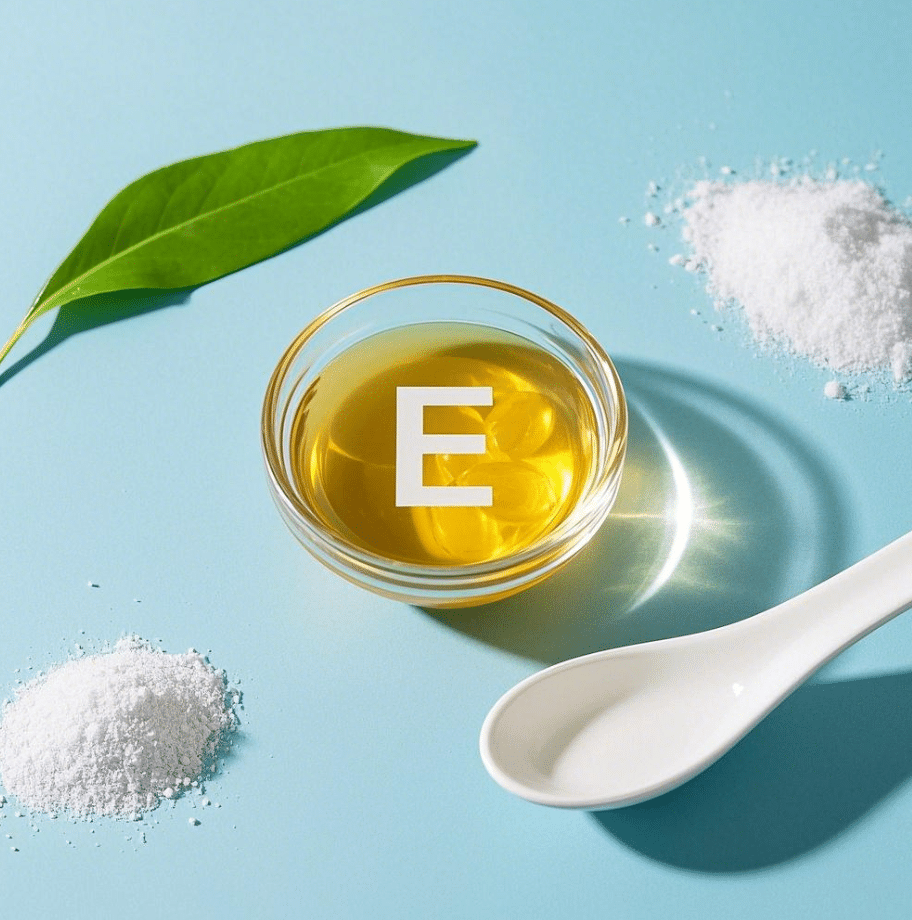
合成ビタミンEメーカー
合成ビタミンEは、一般的に酢酸DL-α-トコフェロールとして見出され、様々な用途において重要な抗酸化剤として機能する、実験室で製造されたビタミンEの形態である。トコフェロールとトコトリエノールのブレンドである天然ビタミンEとは異なり、合成ビタミンEはα-トコフェロールの単一ラセミ混合物である。その優れた安定性と費用対効果により、広く使用されている。合成ビタミンEの主な利点は、フリーラジカルによる酸化ダメージから細胞を保護する、その強力な抗酸化特性に由来する。そのため、細胞全体の健康を維持し、免疫系をサポートし、健康な皮膚を促進するために極めて重要である。ビタミンEは安定した性質を持っているため、栄養補助食品、強化食品、化粧品、家畜の飼料などに容易に配合することができ、ビタミンEの保護的な利点を安定的に供給することができます。.
- CAS番号 7695-91-2
- 化学名: 酢酸DL-α-トコフェロール
- シノニム: ビタミンEアセテート(合成);オールラック-α-トコフェロールアセテート;α-トコフェロールアセテート(DL-フォーム);DL-α-トコフェロールアセテート
- CB番号 CB5854884
- 分子式: C31H52O3
- 分子量: 472.74 g/mol
- MDL番号 MFCD00008069
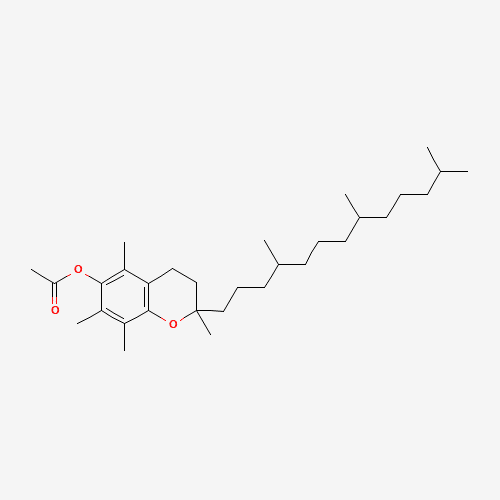
合成ビタミンEの製造工程
原材料の調達と準備
トリメチルハイドロキノンやイソフィトールなどの石油由来の原料から開始する。これらの前駆体は、合成ビタミンEの合成に必要な出発純度を確保するため、厳格な精製が行われる。.
縮合反応(トコフェロール合成)
精製されたトリメチルヒドロキノンは、しばしば酸によって触媒される縮合反応でイソフィトールと反応する。この反応によりトコフェロール核、特に合成ビタミンEのベースとなるDL-α-トコフェロールが形成される。.
エステル化(アセチル化)
合成されたDL-α-トコフェロールは、通常、無水酢酸または塩化アセチルでエステル化される。この重要なステップにより、アルコール基が酢酸エステルに変換され、酢酸DL-α-トコフェロールが形成され、安定性が向上し、酸化が防止される。.
浄化と精製
蒸留、濾過、溶媒抽出など、広範囲にわたる精製段階が続く。これらの工程により、不純物、未反応の出発原料、副生成物が除去され、医薬品および食品グレードの合成ビタミンEに要求される高純度が保証される。.
集中化と標準化
精製された酢酸DL-α-トコフェロールは、所望の効力を得るために濃縮されます。その後、特定の国際単位(IU)要件を満たすように標準化され、最終的な合成ビタミンE製品の一貫した強度と品質が保証されます。.
品質管理と包装
最終的な合成ビタミンEは、純度、力価、安定性、その他の重要な仕様について、厳格な品質管理試験を受けます。承認されると、その完全性を保護し、流通前の保存期間を延ばすために、しばしば不活性ガス下で、気密容器に注意深く包装される。.
なぜゲンセイを合成ビタミンEのサプライヤーとして選ぶのか?
合成ビタミンEのサプライヤーとしてゲンセイをお選びいただくことは、卓越性と信頼性で有名な大手合成ビタミンEメーカーとのパートナーシップを意味します。私たちは、サプリメントから化粧品に至るまで、様々な産業において酢酸DL-α-トコフェロールが果たす重要な役割を理解しています。当社の高度な製造工程により、合成ビタミンEは常に厳しい純度・力価基準を満たし、確かな効果を発揮します。また、効率的で品質管理された生産ラインにより、安定した安定供給をお約束します。ゲンセイは、専門的な技術サポートとグローバルな流通ネットワークに支えられた、優れた合成ビタミンEを提供するための信頼できるパートナーであり、お客様の製剤が最適なパフォーマンスを発揮できるようサポートいたします。.
合成ビタミンEの特徴
- 高い安定性: 酢酸DL-α-トコフェロールとして、酸化、熱、光に対して非常に安定であり、製剤中の効力が長期間持続する。.
- 費用対効果: 天然ビタミンEに代わる経済的なビタミンEでありながら、抗酸化作用が高い。.
- 多彩なフォーム: パウダーやオイルなど様々な形状があり、様々なタイプの製品に容易に組み込むことができる。.
- 一貫した純粋さ: 厳格な品質管理のもとで製造され、一貫した高い純度で信頼性の高い性能を保証。.
- 幅広い用途: 栄養補助食品、食品、化粧品、飼料など幅広い用途に適している。.
合成ビタミンEの応用シナリオ:
- 栄養補助食品: 総合的な健康、免疫機能、心臓血管の健康をサポートするマルチビタミンや抗酸化サプリメントに広く使用され、合成ビタミンEの利点を活用している。.
- 強化食品: 鮮度を保ち、栄養価を高める酸化防止剤として、シリアル、乳製品、焼き菓子に配合。.
- 化粧品とスキンケア: 肌細胞をダメージから守り、肌の健康を促進する抗酸化作用があるため、アンチエイジングクリーム、ローション、日焼け止めによく使われる成分。.
- 動物栄養学: 動物の成長、免疫反応、生殖の健康をサポートするため、動物用飼料に配合。.
- 医薬品: 抗酸化作用と細胞保護作用があるため、ある種の医薬品製剤に使用される。.
最新鋭の製造施設
ビタミン、ハーブエキス、ミネラル、アミノ酸の製造において最高の品質を保証する高度な技術を備えた近代的な施設をご覧ください。
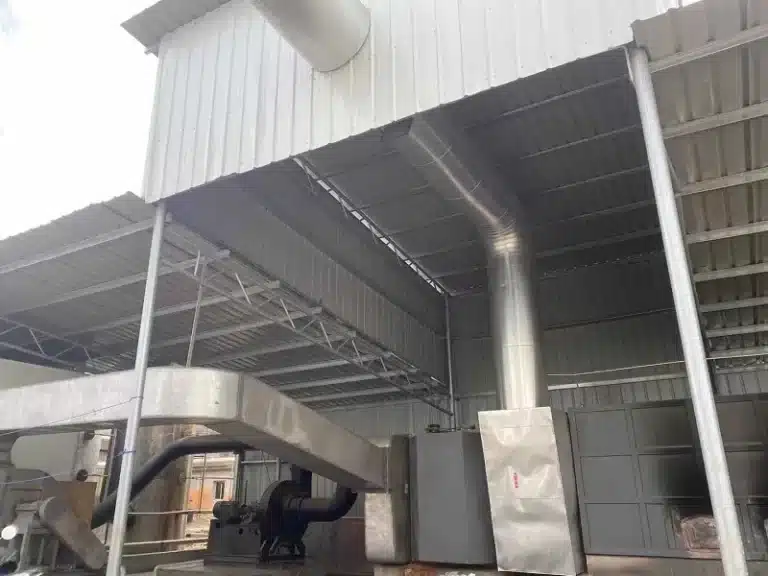
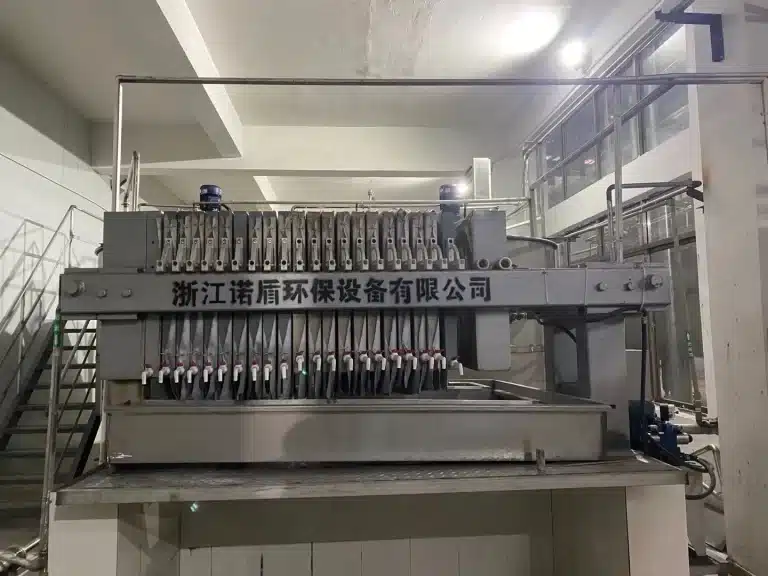
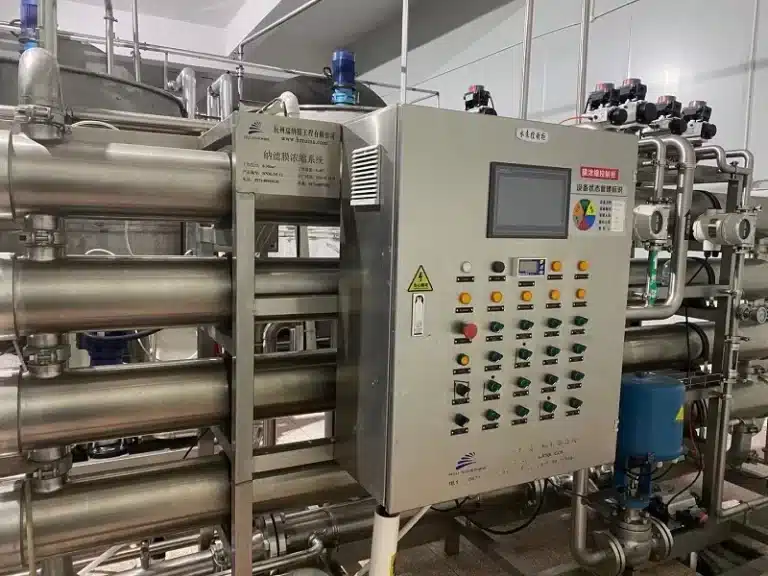

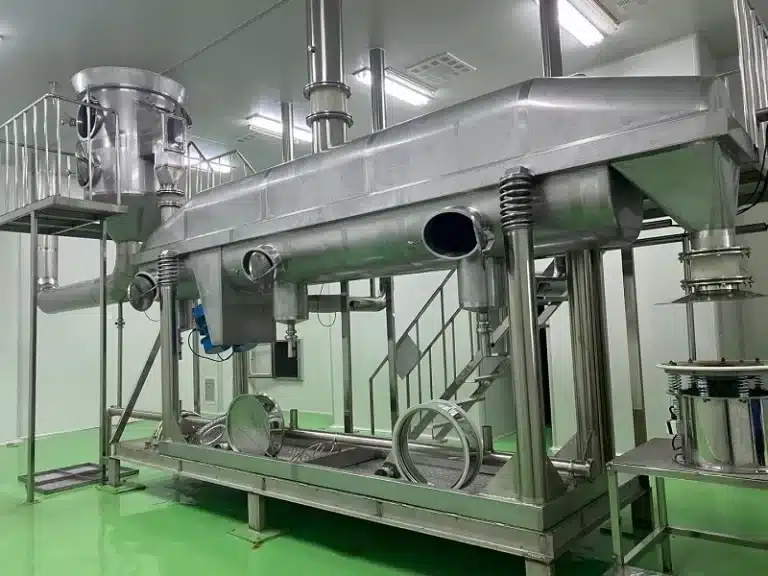
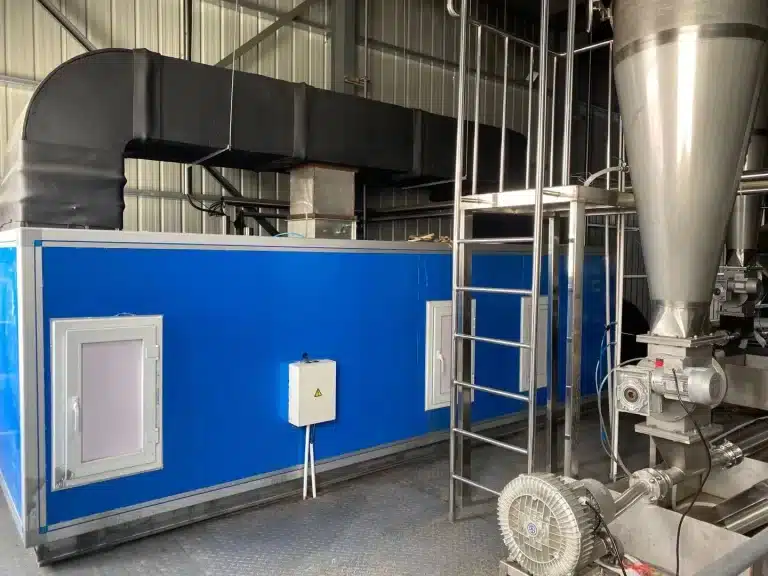
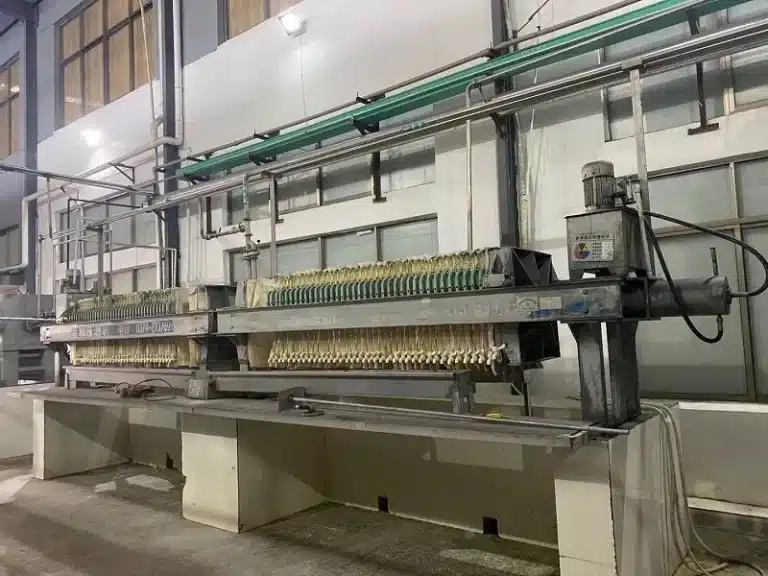
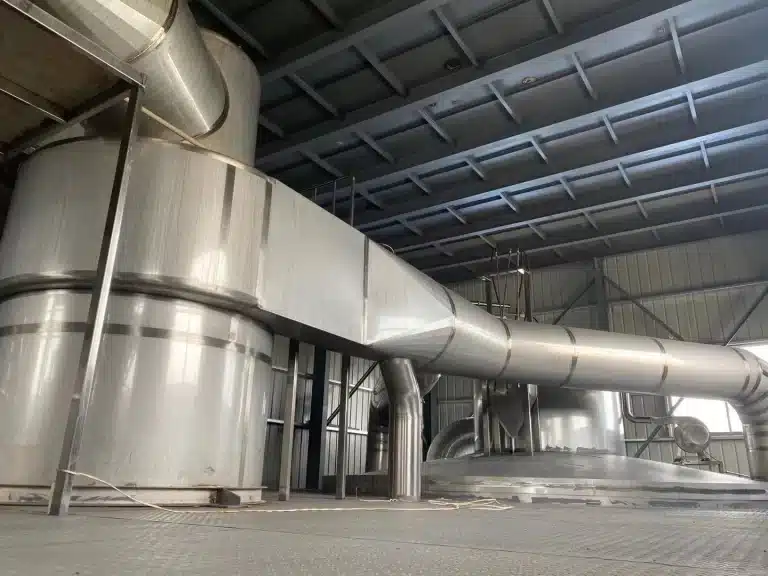
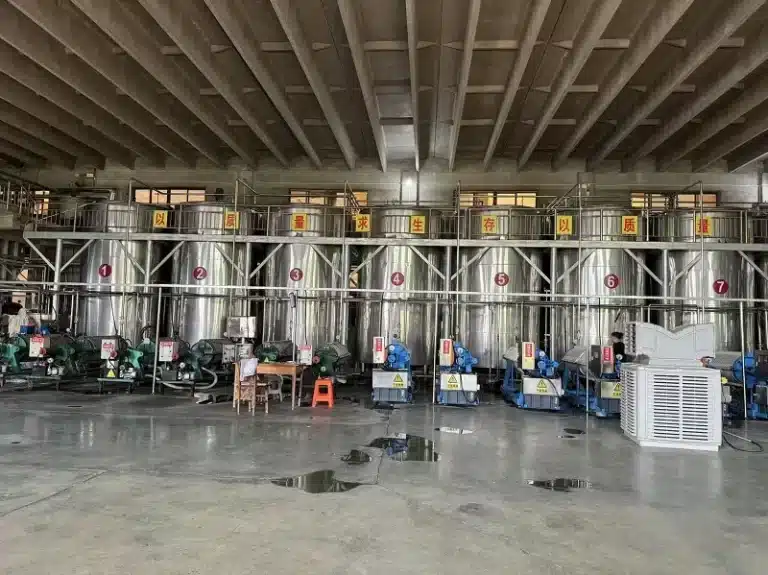

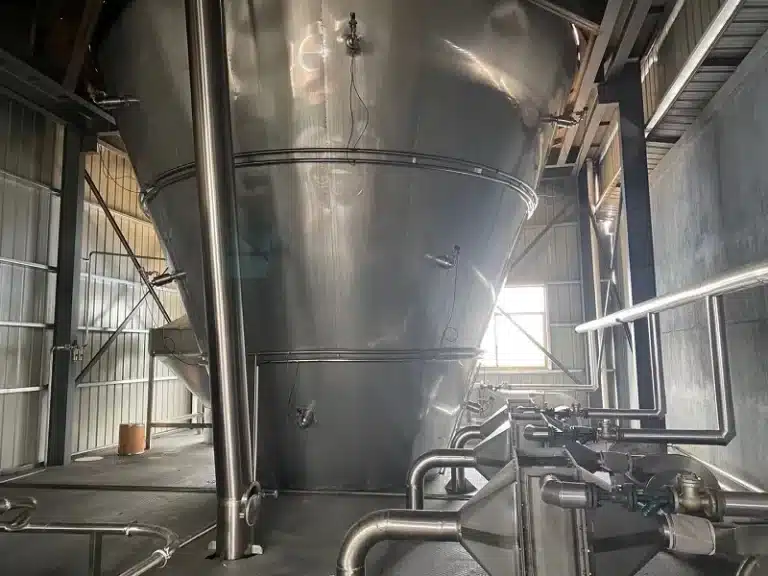
よくあるご質問
合成ビタミンEは通常、石油由来の化学物質、具体的にはトリメチルヒドロキノンとイソフィトールから、一連の化学反応を経て酢酸DL-α-トコフェロールを生成する。.
主な合成ビタミンEの効能には、強力な抗酸化作用があり、細胞を酸化ダメージから守り、免疫機能をサポートし、皮膚の健康を促進し、細胞全体の健全性に寄与する。
合成ビタミンE(酢酸DL-α-トコフェロール)は単一異性体であり、天然ビタミンE(D-α-トコフェロール)に比べ、1ミリグラムあたりの生物活性は約半分であるが、それでも抗酸化作用を発揮するには有効である。.
合成ビタミンEは、酸化、熱、光に対する安定性に優れているため広く使用されており、保存期間の長い製剤に最適である。また、一般的に天然ビタミンEよりも製造コストが高い。.
一日の推奨摂取量の範囲内であれば、合成ビタミンEは一般的に安全である。特にサプリメントからの過剰摂取は、出血性合併症などの副作用を引き起こす可能性があるため、ガイドラインを守ることが重要である。.
合成ビタミンEは、抗酸化作用と皮膚コンディショニング作用があるため、化粧品成分として人気があります。エイジングサインを抑え、環境ストレスから肌を守るために、クリームやローション、美容液によく配合されている。.
合成ビタミンE(酢酸DL-α-トコフェリル)はその高い安定性により、光を避け、涼しく乾燥した状態で適切に保管された場合、一般的に保存期間が長く、24ヶ月から36ヶ月以上に及ぶことが多い。.
そう、合成ビタミンEは食品中の有効な酸化防止剤なのだ。油脂の腐敗を防いだり、特定の加工食品の保存期間を延ばしたり、鮮度や栄養価の維持に役立っている。.
最も一般的なものは酢酸DL-α-トコフェロールで、安定したエステルである。酢酸DL-α-トコフェロールは油性の液体または粉末状で、さまざまな用途に適しています。.
天然ビタミンE(D-α-トコフェロール)は、立体化学的な違いにより、一般に合成ビタミンE(DL-α-トコフェロール)よりも効率よく体内に吸収・利用される。しかし、どちらの形でも抗酸化作用はある。.

